
 A Minnesota PBS Initiative
A Minnesota PBS Initiative
In April 1966, three months before I was due to begin my appointment as a staff physician in Internal Medicine and Nephrology at Mayo Clinic in Rochester, I received my military draft notice.
After induction into the United States Army Medical Corps, I was assigned as the commanding officer of a newly created kidney unit attached to the 3rd Field Hospital in Saigon, Vietnam.
I have just completed a book, From Mayo Clinic to Vietnam: Memoirs of a Physician Serving in the War, where I look back at my year of service caring for patients with acute kidney failure sustained in the combat zone.
Such kidney failure, largely due to trauma, blood loss, or infection, necessitated replacement of kidney function by hemodialysis or peritoneal dialysis.
These forms of treatment were in their nascency in 1966, as was the subspecialty of Nephrology itself. Equipment used in our dialysis unit also had been introduced relatively recently to 1966. For instance, the Kolff twin-coil artificial kidney was in use for just ten years and the Quinton-Scribner dialysis shunt for only six.
With these fledgling dialytic therapies and the limited understanding of kidney failure in 1966, we not only kept alive these patients with acute kidney failure but also provided the needed care and time to enable recovery of kidney function.
I had never encountered any of these sorts of illnesses in my medical training, except reading about them in medical textbooks. Many patients presented with vague flu-like illnesses.
Although my story describes the unique medical practice in the war zone that was both challenging and rewarding, I also talk about the personal pain of leaving behind my wife and four small children and the extra mental effort required to push ahead and attend to my medical responsibilities. In a little over three months, my life was transformed from a civilian in Minnesota to a military doctor in full uniform with 8,600 miles separating me from my family.
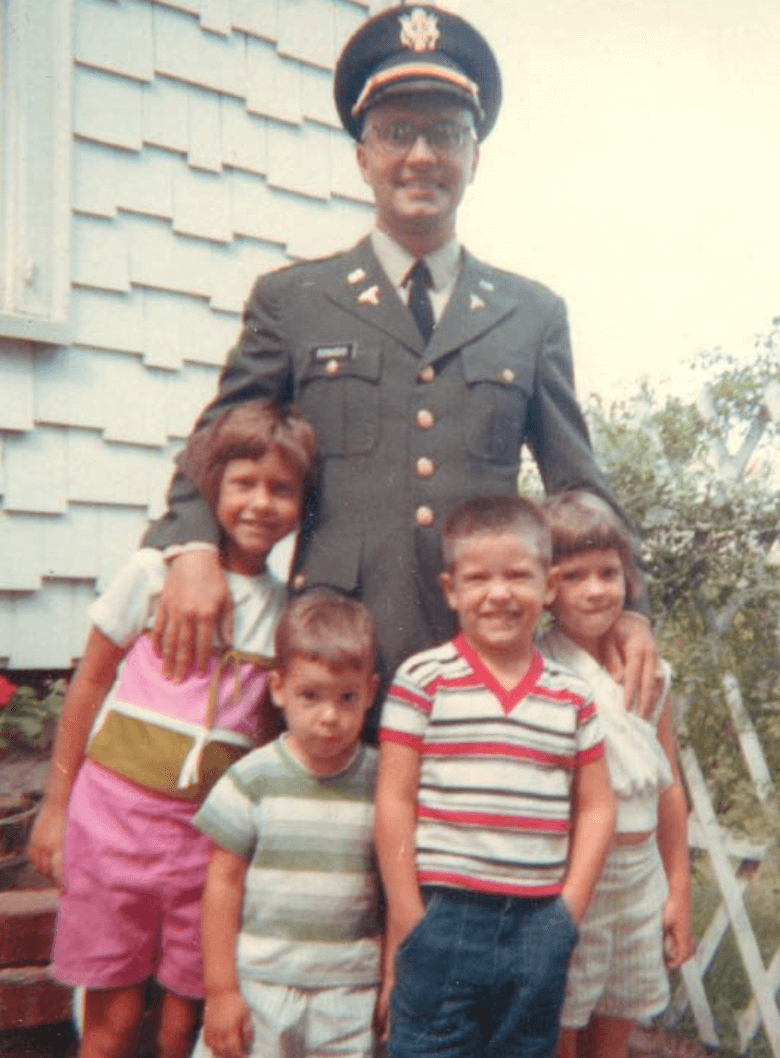
The pictures of my family represent an epiphany of life when we were about to be separated and would carry on our lives 8,600 miles apart
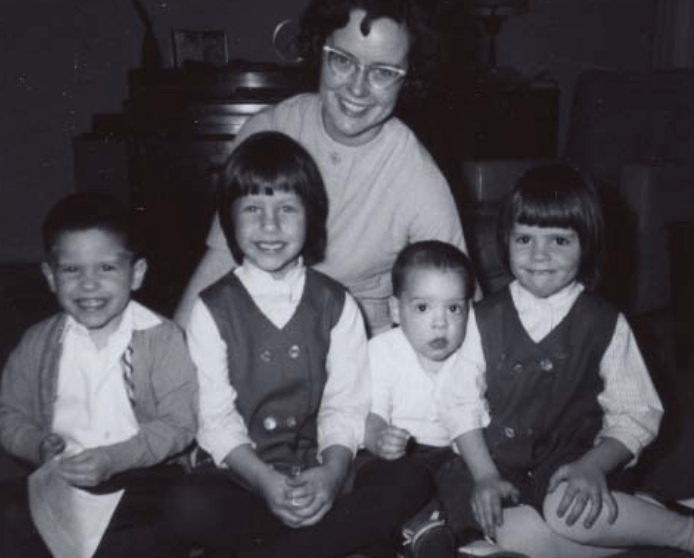
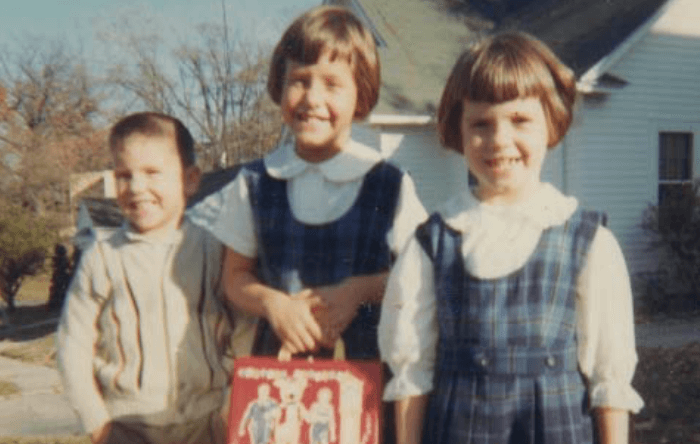
My main designation as a medical doctor at the 3rd Field Hospital was to manage patients with acute kidney failure, but I had other responsibilities as a member of the Department of Medicine. I took call admitting patients who had a variety of illnesses, and especially those with tropical diseases. Malaria was the most common illness we saw that required hospital admission and diagnosis and treatment.
There were times when we had thirty to forty patients on the medical ward who were sick with various stages of the disease. Chemotherapy was generally effective, but not being a totally efficacious treatment, there could be significant complications of the disease, most especially acute kidney failure and cerebral malaria (significant brain involvement).
The other febrile (fever) illnesses we commonly encountered that required hospital care were leptospirosis, scrub typhus, murine typhus, amebiasis, Japanese B encephalitis, dengue fever, and melioidosis.
I had never encountered any of these sorts of illnesses in my medical training, except reading about them in medical textbooks. Many patients presented with vague flu-like illnesses consisting of high fevers, chills, nausea, vomiting, generalized aching, and headaches. It took great efforts at the 3rd Field Hospital to develop a properly equipped laboratory to make accurate diagnoses.
One part of my year in Vietnam, which turned out to be very personally gratifying, was spent helping care for children who had been made orphans by the devastations of war.
Catholic nuns established two orphanages that were both located in the Gia Dinh Province controlled by the Viet Cong. These courageous, kind Sisters had fled North Vietnam by making their way down the so-called Ho Chi Minh Trail, and they crossed over into South Vietnam where they set up their orphanages and schools. My hospital chaplain asked if I would help in the care of the many children who were living at the orphanages.
After I started helping at the orphanages, I wrote to my fellow parishioners at St. Francis of Assisi Catholic Church back home in Rochester and asked them to gather clothes, medicines, and toys for the children.
They did so with gusto, and the U.S. Air Force airlifted these goods to me at the 3rd Field Hospital on several occasions.
My faith helped me during my time in Vietnam, and I was honored to serve as Francis Joseph Cardinal Spellman’s attending physician during the Cardinal’s Christmas 1966 tour of the combat zone.
My memoirs include both my recollections of these experiences backed by a vast assembly of documentary sources.
(As an endnote, I was fortunate to begin what became a 32-year career at Mayo Clinic after my military obligation was completed.)
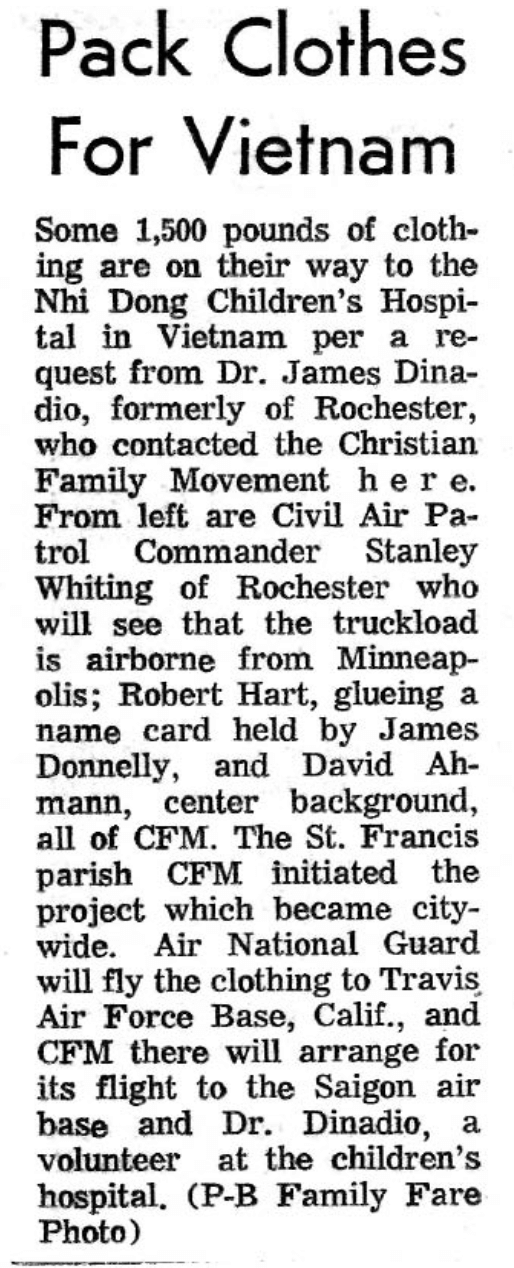
This story is reprinted with the permission of the Post-Bulletin (Rochester, Minnesota).
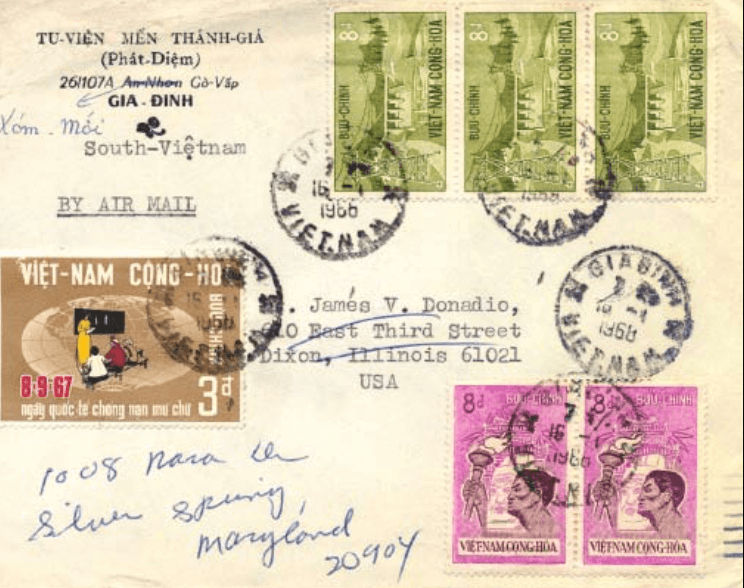
I received this thank-you letter from the Sisters at St. Elizabeth’s Orphanage after the delivery of the St. Francis donations.
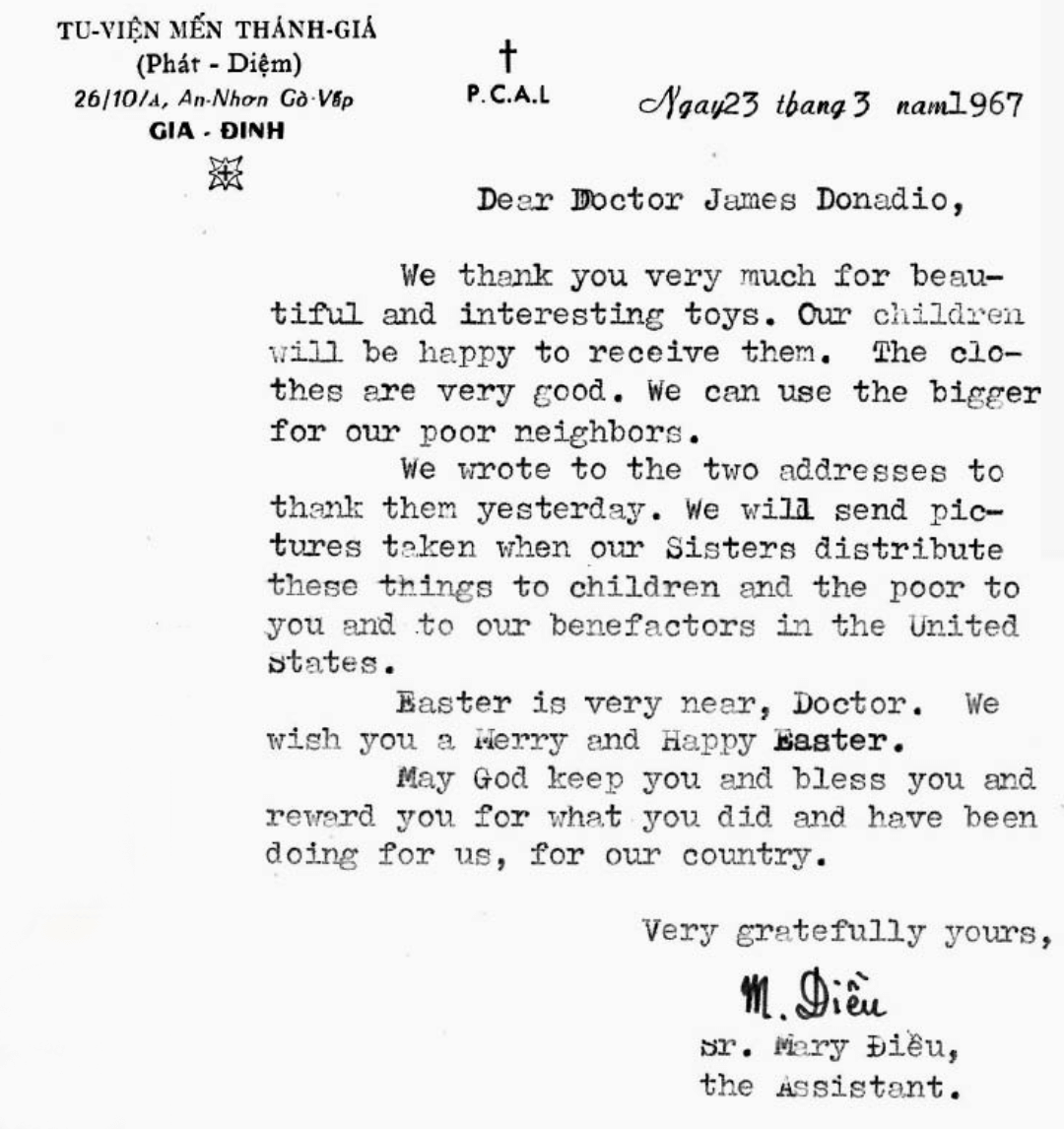
I received this thank-you letter from the Sisters at St. Elizabeth’s Orphanage after the delivery of the St. Francis donations.
James V. Donadio Jr., MD, now retired, was a nephrologist in the Mayo Clinic Division of Nephrology, Department of Medicine, in Rochester, Minnesota, for thirty-two years. He also served as chairman of the Division of Nephrology for nine of those years and rose to the teaching rank of Professor of Medicine in the Mayo Clinic College of Medicine.
Dr. Donadio completed his Internal Medicine and Nephrology (Kidney Disease Specialty) Residency at Mayo Clinic after earning his medical degree from the Indiana University School of Medicine and completing an internship at Marion County General Hospital in Indianapolis, Indiana. The completion of his medical residency in 1966 coincided with his military draft into the United States Army Medical Corps.
He served in Vietnam for one year and completed his military commitment at the Walter Reed Army Medical Center in Washington, D.C., the following year.
For information or additional copies, please vist www.donadiomemoirs.com or find us on Facebook.
Story Themes: 1966, 1967, 1968, 45th Engineer Group, Army, Coming Home, Draft, Family, James Donadio, Jim Donadio, Mayo Clinic, Medical Personnel, Orphanage, Relationships, Rochester, Saigon, US Army Medical Corps